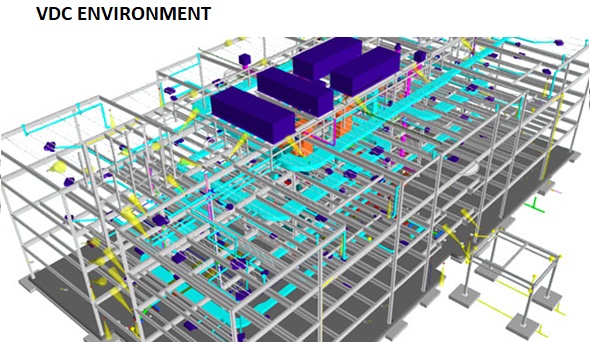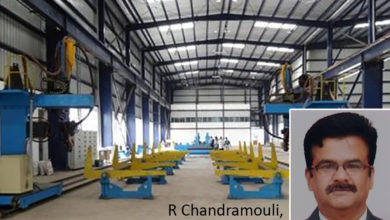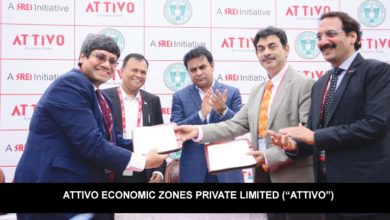CONSTRUCTION LIFE-CYCLE: Adoption of best practices

Madhav Maroju and Satish Kumar, heading SKYTREE MORROW SUSS ENGINEERING SERVICES LLP, have more than two decades of professional experience in AEC industry – leading design, engineering and project management services as an extended arm with Japanese collaboration focused on Value Engineering and Virtual Construction, BIM and various Value Added services. Madhav is a frequent speaker on subjects of sustainability and application of appropriate technologies at various United Nations forums. Satish is a chartered engineer and is an authority in structural engineering for high-rise buildings worldwide.
Our nation is busy pushing infrastructure, housing and other major development projects while construction industry is equally aggressive and busy to meet the demand. But, at the same time, industry is in a dilemma fighting slump in real estate and not able to kick off many residential and commercial building projects, especially. Now, it is imperative to look at ‘cause and effect’ and ‘stay relevant’ more than ever before given the economic growth challenges and a great role construction industry has to play.
Construction industry, delivering sizeable GDP, is consistently an unorganized sector where focus and inhibitions have invariably been on top-line and bottom-line growth. It is pitiable, being a second largest employment generating industry (employing nearly 4.7 crores), the fraternity is not able to focus on creating value through high productivity and production, thereby, pass on such value to the buyer communities and all stakeholders alike.
What is this “lean discipline”? Is it too hard to discover and follow like a religion?
While the statutory and regulatory ecosystem is becoming more and more organized and structured with GST, RERA, stringent EIA, Green building codes and plethora of other compliances including continuously improving civic governance DCRs, bye laws and suchlike – the construction industry, has to brace and embrace improved processes with transparency, visibility, traceability and accountability across all project lifecycles. These will not only benefit in bringing SPEED, SCALE, QUALITY and ACCURACY to the projects, internally, but also TRUST and REAL VALUE to the buyer communities and allied businesses, externally.
We all know, for long, this is a troubled industry. An industry harboring skilled and unskilled labour, outdated professionals, educated and uneducated contractors, unsynchronized mix of traditional and modern builders and developers, system loopholes, financial irregularities, improper budgeting, unhealthy procurement processes, material wastages, reworks, private and unaccounted borrowings at high interest rates and suchlike with unending list of chaotic environments. All these lead to a whole lot of complexities to gauge efficiencies and effectiveness in projects and overall industry performance. Let alone highly poor socio, economic and environmental impact.
Welcome to Value Engineering and Virtual Construction – an era of ‘Lean Discipline’!
Value Engineering (VE) and Virtual Construction (VC) is a combined, conscious and explicit set of disciplined procedures designed to seek out optimum value for initial, mid and long-term project investments to achieve desired intent with limited or no deviations.
Through a group investigation, using experienced and multi-disciplinary teams, the project value and economies are improved through the study of alternate design concepts, materials, and methods without compromising the functional and value objectives of the client or project intent question while implementing digital systems and processes.
We need a paradigm shift from chaos to order with a systematic approach to harness maximum benefits for the industry. These VE/VC processes are not going to cost an arm and a leg to the stakeholders. It costs just a minimum attention span with thoughtful insights into project life cycle and not being wary of regular execution challenges that brings a situation where one cannot see the wood for the trees. The VE/VC costs, absolutely nominal, can be really written off within initial stages of the project itself against the overall costs being saved.
At present the industry believes only in traditional way of engineering and construction, has lethargic and complacent approach to adopt technologically advanced tools, ideas and processes that are well demonstrated. In fact, a few cities worldwide have made it mandatory for approval processes. If we do not open our eyes and keep ignoring the ineffective ways, the uneconomical approach, then we cannot overcome the countless flaws in the industry and give the desired fillip for inclusive growth






